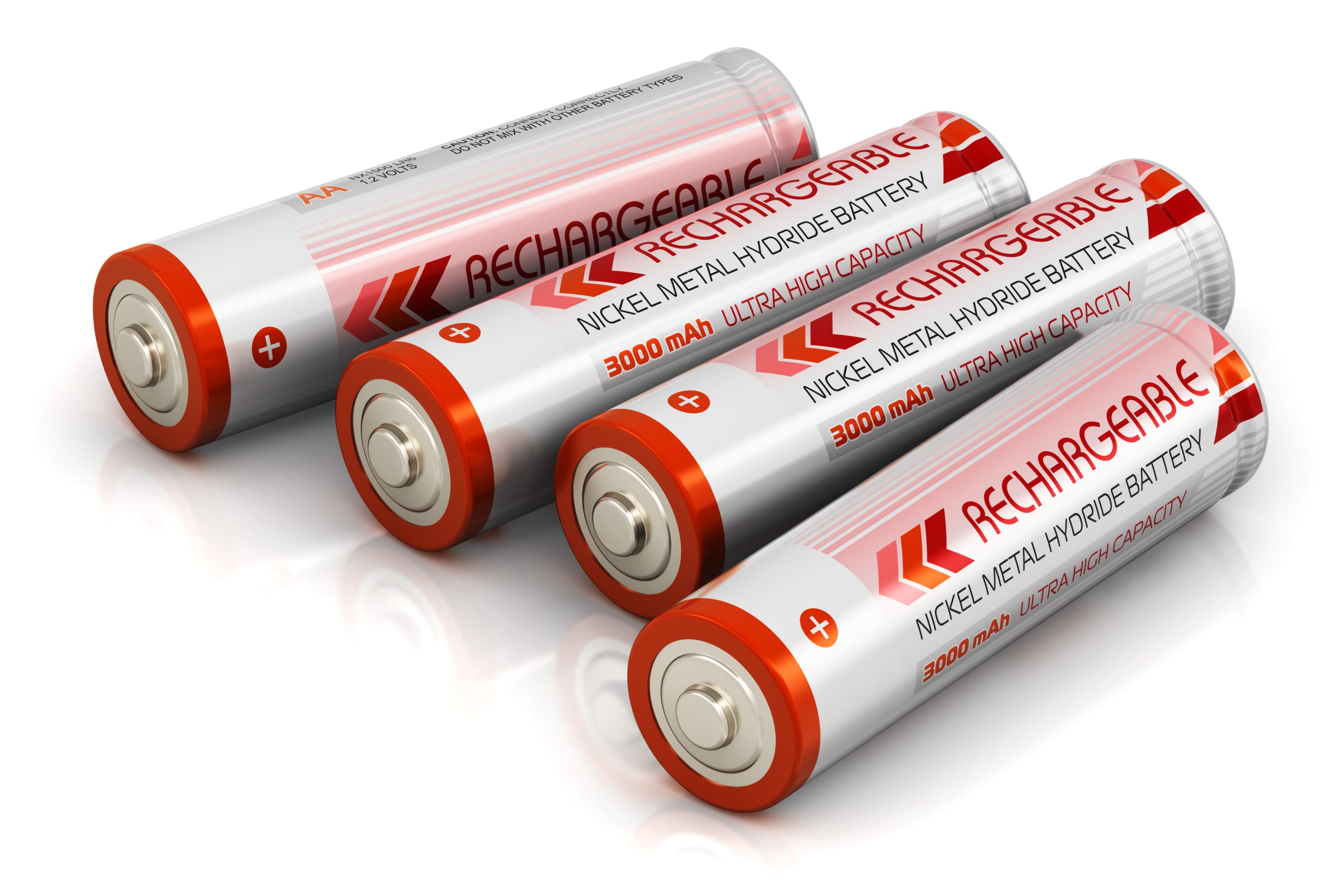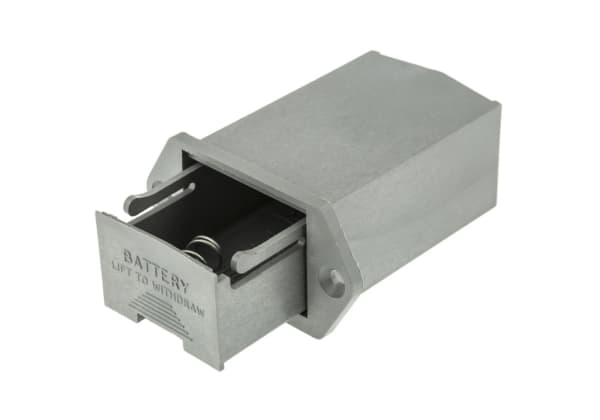- Published 19 Jul 2024
- Last Modified 19 Jul 2024
- 5 min
How to Clean Battery Terminals
Battery terminal corrosion can reduce the efficiency of a battery and shorten its life, whereas cleaning battery terminals can help prevent problems with battery performance. If you want to know how to clean battery terminals, this guide is for you.

Reviewed by Peter Kendall, Technical Support Engineer (May 2023)
The build-up of corrosion on battery terminals can prevent a battery from performing in the way it should, reducing its efficiency and shortening its life. That’s why battery maintenance is so important. Cleaning battery terminals can help prevent corrosion and issues with battery performance, such as a car’s air conditioning or headlights not working correctly. By avoiding damage to terminals caused by corrosion, you can improve power output, prevent damage to cables, and extend the lifespan of batteries. Read on to learn how and why to clean battery terminals and prolong the life of your battery.
Why Clean Battery Terminals?
Corrosion happens because of the oxidation of metal in the presence of oxygen, water, or other substances such as sulphates (salts of sulphuric acid). Corrosion is a costly problem that impacts everything from buildings and bridges to oil pipelines and chemical plants. For example, when iron structures rust, iron oxides coat their surfaces in orange or black colours.

Rechargeable batteries and non-rechargeable batteries are both susceptible to corrosion. For example, battery acid may leak from the housing of the battery and result in corroded terminals. Corrosion around battery terminals can lead to reduced performance by disrupting electrical current or otherwise damaging the battery. That’s why car drivers are advised to check and clean the terminals of the batteries in their vehicles. Battery corrosion can prevent power from flowing.
Let’s take a closer look at the relationship between corrosion and battery health.
Corrosion and Batteries
When battery acid chemically reacts with metal terminals, corrosion happens. This is the most common cause of battery corrosion. Corrosion typically looks like discolouration around the terminal. This discolouration may be white, blue, brown, or green. The corroded material is often flaky. Batteries are more likely to experience corrosion if they overheat, which means the risk of corrosion is higher in the summer.
Lead-acid batteries, which are used in cars, scooters, golf carts, industrial equipment such as lift trucks, and power storage on the grid, corrode because they sometimes release sulphuric acid vapour and hydrogen. These substances react to corrode metal on the battery terminals. The older the battery, the more likely corrosion of terminals is to occur. Corroded battery terminals result in several problems. They include:
Reduced Battery Efficiency
A loss in battery efficiency can occur as corrosion builds up, interfering with the flow of electricity. For example, a car driver with a loss in battery performance as a result of corroded terminals may experience problems with the vehicle’s air conditioning, vehicle’s onboard computer, or headlights (which may be dimmer than usual). More obviously, the battery warning light may come on. Eventually, it can become impossible to start the vehicle. Corrosion not only reduces efficiency but can also damage components of the vehicle’s engine.
Reduced Battery Lifespan
Corroded terminals shorten battery lifespan. If corrosion is allowed to build up, the battery effectively has to work harder to overcome resistance caused by it. This helps speed up the eventual demise of the battery. Regularly cleaning the terminals using battery cleaning techniques can prevent this.

Damaged Cables
Corrosion of battery terminals may also damage the battery cables connected to them. For example, terminals have the potential to overheat if corroded, which may damage wiring. Corrosion of battery cables creates resistance and could result in a voltage drop that stops components from working. In a worst-case scenario, it could also lead to a fire.
Cleaning Battery Terminals
To ensure you get the most out of a lead-acid battery, regular maintenance is essential. Read on to learn how to clean corroded battery terminals.
Tools and Techniques for Cleaning Battery Terminals
How to remove battery corrosion is simpler than you might imagine as dedicated battery cleaners are available. Before you start, make sure the engine of the vehicle or equipment isn’t running. You should also put on a pair of rubber gloves, wear eye protection, and be in a well-ventilated area. Inspect the battery to ensure it isn’t leaking (which may require an intervention by a specialist technician).
Cleaning Corrosion off Battery Terminals
Conduct a preliminary cleaning of the exterior of the terminals using a wire battery brush that has been dipped in the battery cleaner. Once the corrosion on the exterior that you can see has been scrubbed off, dry the terminals with a cloth.
The next step is to remove the terminals and clean inside the terminal posts. It’s vital to do this in the correct order for safety and to prevent damage to the battery. You should start with the negative terminal (black, and marked with a minus symbol). You may need a spanner or pair of pliers to loosen it. Do the same with the positive terminal (which is red and features a plus sign). Make sure the tools you are using don’t come into contact with the positive terminal while the negative terminal is connected.
Take your wire brush and clean inside each terminal post. The brush should move in a circular motion to loosen corrosion and any dirt or grime inside the terminal post. Then scrub the exterior of the posts. Take the opportunity to clean the entire exterior of the battery at this point, dry everything off, and then reconnect the terminals (the positive terminal should be connected before the negative terminal).
Benefits of Cleaning Batteries
Corroded terminals result in poor battery performance, reduced lifespan, and damage to wiring and battery cables. A battery that leaks acid has the potential to damage other parts of the vehicle or equipment. Ultimately, severe corrosion may result in a car that will not start. Regularly cleaning and maintaining the battery makes these problems less likely to occur. Remember, however, that lead-acid batteries typically have a lifespan of three to five years, and so will need to be replaced at some point.
Battery Cleaning Checklist
Ready to clean up your battery terminals and prolong the life of your battery? To recap, here’s what you need. Remember that cleaning equipment for batteries includes:
- Battery cleaner
- Water
- Rubber gloves and eye protection
- Spanner and pliers
- Battery terminal brush
- Towels or rags to dry components
Remember that safety comes first before you start cleaning, so if you’re cleaning a vehicle battery, the engine must be switched off. Then get cleaning and enjoy the benefits of corrosion-free battery terminals – and a longer-lived battery.
Want to keep batteries in great working order? Explore our range of battery maintenance equipment.


